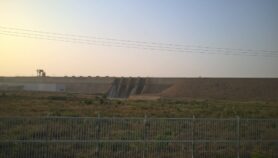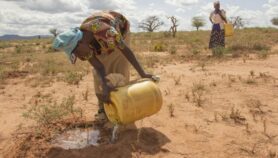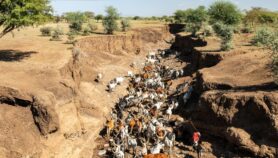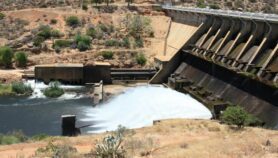Send to a friend
The details you provide on this page will not be used to send unsolicited email, and will not be sold to a 3rd party. See privacy policy.
Uganda’s planned US$800 million hydropower project, just below Bujagali Falls on the River Nile, has been mired in controversy since its inception in 1994, reports Xan Rice in this Guardian article.
Corruption allegations and protests from tour operators and environmentalists saw the original contractors drop the project in 2003. A new consortium formed and the Ugandan government authorised the project last week.
At 30 metres high, the proposed dam will flood the rapids of Bujagali falls, destroying a popular tourist attraction and displacing families.
But the main funding bodies, the World Bank and the Ugandan government, say the dam is vital for the country’s development.
Uganda is currently experiencing a chronic power shortage, purported to be costing the country’s economy US$250 million a year.
But critics say that relying on one stretch of river will leave the country vulnerable to an energy crisis if the drought predictions of global warming are realised.
The low water level of Lake Victoria — the main source of the Nile — means that other Ugandan hydropower dams are currently producing less than a third of their capacity.
And critics say smaller, cheaper options for local energy generation that could benefit the rural poor, such as micro-hydro, solar and geothermal projects, have not been explored.
Link to full article in The Guardian













